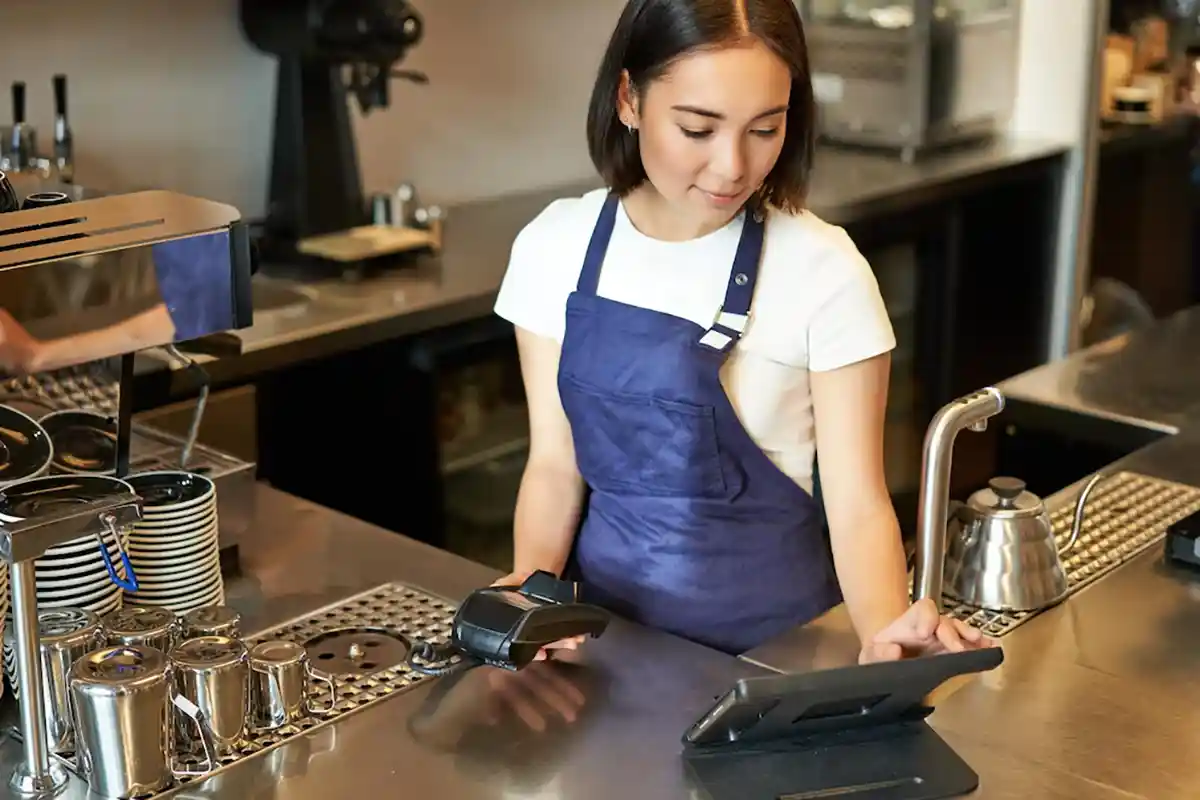Bartending is an exciting and rewarding career that requires a combination of skill, creativity, and knowledge. Whether you want to become a professional bartender or just impress your friends at your next party, mastering the techniques of bartending is essential. In this beginner’s guide, we will explore the fundamental bartending techniques and equip you with the necessary skills to start mixing cocktails like a pro.
Introduction
Bartending is an art that requires a combination of technical skill, creativity, and knowledge. A bartender is responsible for crafting cocktails, serving guests, and creating a welcoming atmosphere in a bar or restaurant. Whether you want to pursue bartending as a career or simply impress your friends at your next gathering, mastering the techniques of bartending is essential.
Understanding Basic Bartending Equipment
Before you start mixing cocktails, it’s important to understand the basic bartending equipment you will need. The most essential bartending tools are:
- Shaker
- Jigger
- Mixing glass
- Bar spoon
- Strainer
- Muddler
- Citrus press
Having these tools on hand will enable you to mix most cocktails with ease. As you gain experience, you may also want to invest in additional equipment such as a blender, ice crusher, or juicer.
Essential Ingredients for Bartending
To mix cocktails, you will need a variety of ingredients. Some of the essential ingredients you should always have on hand include:
- Liquor (such as vodka, gin, whiskey, tequila, and rum)
- Mixers (such as soda, tonic, and juice)
- Syrups and bitters
- Fresh fruits and herbs
By keeping these ingredients on hand, you can mix a wide range of cocktails.
Understanding the Different Cocktail Glasses
Different cocktails require different types of glasses. Some of the most common cocktail glasses include:
- Martini glass
- Highball glass
- Old Fashioned glass
- Collins glass
- Champagne flute
It’s important to understand the different glasses and their purposes to ensure that you serve cocktails in the appropriate glassware.
The Art of Mixology
Mixology is the art of crafting cocktails. There are several techniques involved in mixology that every beginner bartender should know.
Building a Cocktail
Building a cocktail involves adding the ingredients directly to the glass and then stirring or muddling them together. This technique is commonly used for drinks like the Mojito or Caipirinha.
Shaking a Cocktail
Shaking a cocktail is a technique used to mix ingredients that don’t readily mix, such as egg whites. To shake a cocktail, add the ingredients to a shaker filled with ice and shake vigorously for 10-15 seconds.
Stirring a Cocktail
Stirring a cocktail is a technique used to mix ingredients that don’t require vigorous shaking. To stir a cocktail, add the ingredients to a mixing glass filled with ice and stir for 10-15 seconds.
Straining a Cocktail
Straining a cocktail is the process of separating the liquid from the ice and any solids or pulp that may be present. This is usually done using a Hawthorne strainer or a fine mesh strainer.
Garnishing Techniques
Garnishes are the final touch that can take a cocktail from ordinary to extraordinary. Some popular garnishing techniques include:
- Rim the glass with salt or sugar
- Add a citrus twist or wedge
- Skewer fruit or olives
- Top with fresh herbs or flowers
Experiment with different garnishes to find the perfect finishing touch for your cocktail creations.
Tips for Serving Cocktails
In addition to knowing how to mix cocktails, it’s important to know how to serve them. Here are some tips for serving cocktails like a pro:
- Serve drinks in the appropriate glassware
- Garnish each drink with care
- Serve drinks chilled and well-mixed
- Use fresh, high-quality ingredients
- Be attentive to your guests’ needs and preferences
The Role of a Bartender
A bartender’s role extends beyond mixing cocktails. A good bartender should also be:
- Knowledgeable about different types of alcohol and cocktails
- Skilled in customer service and communication
- Able to multitask and work efficiently in a fast-paced environment
- Responsible for maintaining a clean and organized bar
Conclusion
Mastering bartending techniques takes time and practice, but with the right tools and knowledge, anyone can become a skilled bartender. Whether you’re pursuing a career in bartending or just looking to impress your friends, these fundamental techniques will set you on the path to mixology success.
FAQs
- Do I need formal training to become a bartender?
- While formal training can be helpful, it’s not necessary to become a bartender. Many successful bartenders have learned on the job or through self-study.
- What’s the best way to learn bartending techniques?
- The best way to learn bartending techniques is through practice. Start by mastering the basic techniques and then move on to more complex recipes and methods.
- How important is the role of a bartender in a bar or restaurant?
- The role of a bartender is essential in creating a welcoming atmosphere and
providing excellent customer service. A skilled bartender can enhance the overall experience for guests and keep them coming back.
- How can I improve my bartending skills?
- To improve your bartending skills, try experimenting with different cocktail recipes, attending industry events, and seeking feedback from customers and colleagues.
- What are some common mistakes that beginner bartenders make?
- Common mistakes that beginner bartenders make include overpouring or underpouring, not properly measuring ingredients, and not paying attention to customer preferences and requests.









